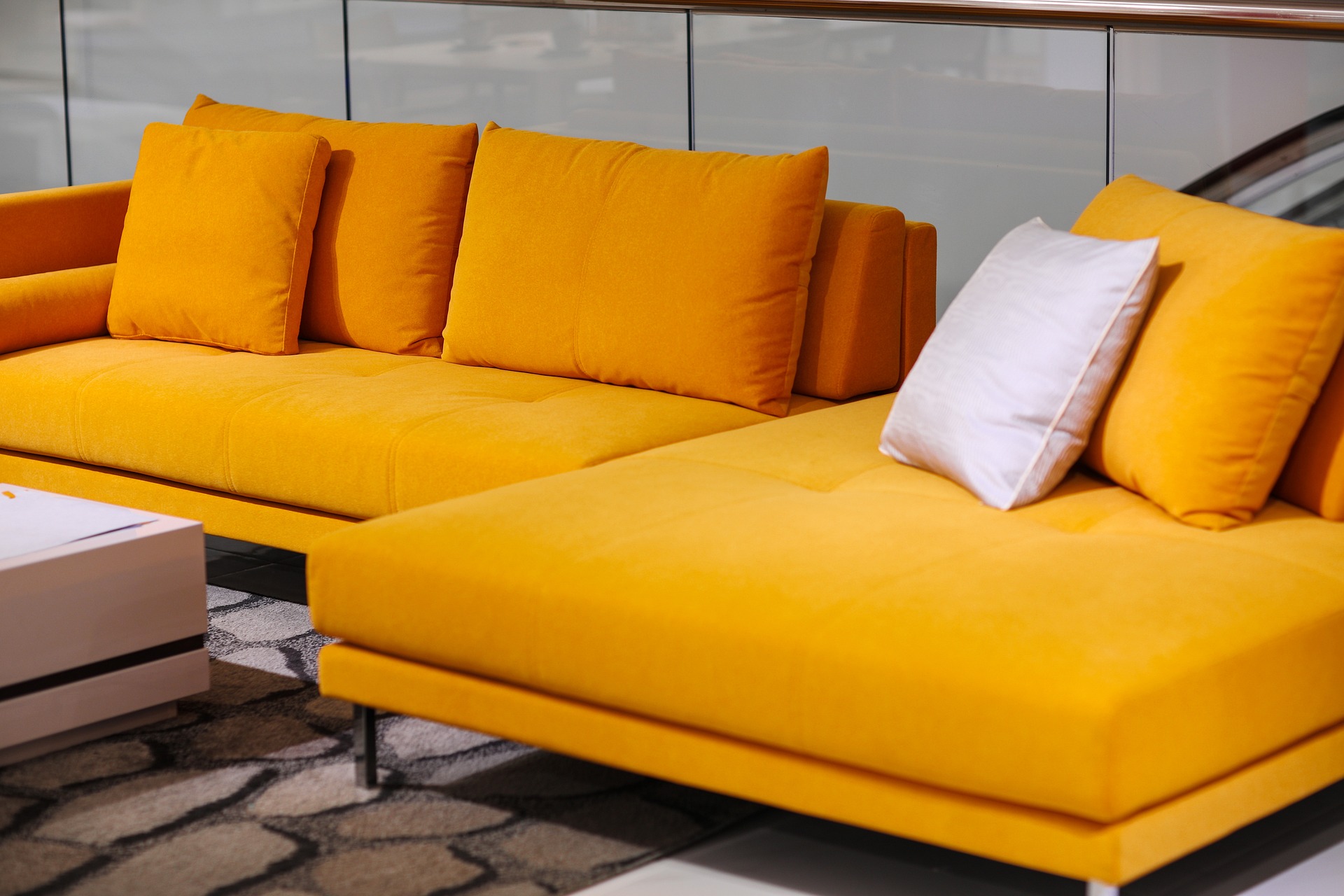Quick updates to refresh a communal area on a budget
Refreshing a communal area can be done without a major renovation. Small, strategic updates—rearranging furniture, swapping textiles, improving lighting, or adding simple storage—can change the look and feel of a shared space while keeping costs low. This article outlines practical, budget-aware steps to improve lounge comfort, layout, and ambience.

A modest refresh in a communal area can give a space a renewed sense of comfort and usability without heavy expense. Focus on practical changes that improve function and atmosphere: reposition seating to encourage conversation, introduce layered lighting, and choose textiles that both look refreshed and are durable. Prioritize a simple plan so purchases and effort stay focused; incremental improvements often deliver the strongest perceived value. Below are targeted ideas organized by topic to help guide a cost-conscious update that balances comfort, storage, and acoustics.
Lounge layout and ambience
Rearrange the lounge to create clear circulation and social zones. Start by identifying a focal point—window, fireplace, or television—and orient seating around it. Use rugs to define distinct areas: a seating cluster for conversation and a small reading nook. Consider traffic flow so pathways remain unobstructed. Small changes like angling a sofa, pulling furniture away from walls, or rotating wall art can change ambience with zero cost. Keep a basic plan sketch of measurements so any new items fit proportionally and support the intended use of the communal area.
Seating choices and upholstery
Evaluate seating for comfort and scale before replacing items. On a budget, refresh upholstery with slipcovers or targeted reupholstery on frequently used cushions rather than full replacements. Accent cushions can update color and texture affordably; choose durable fabrics that are stain-resistant for communal use. If seating is limited, prioritize multi-use pieces such as ottomans with storage or benches that double as extra seating. Test cushion resilience and support—adding a thin plywood base or new foam inserts can extend life and comfort for less than buying new furniture.
Lighting and color
Good lighting changes perception of space and makes a room feel larger and more welcoming. Layer ambient, task, and accent lighting: combine overhead fixtures with floor or table lamps and directional reading lights. Replace bulbs with warm LED options for energy efficiency and consistent color temperature. Updating wall color or adding a single accent wall can refresh the palette; pick a neutral base and a complementary accent for longevity. Use reflective surfaces like mirrors and light-colored textiles to amplify daylight and create brighter ambience without additional fixtures.
Textiles and flooring
Textiles are an economical route to refresh a communal area: swap curtains, add throw rugs, and rotate cushion covers seasonally. Rugs anchor furniture and protect flooring; choose sizes that match furniture groupings rather than standard small rugs that can make a space feel disjointed. If flooring replacement is out of budget, consider affordable area rugs or paint refinishing for wood floors. Ensure textile choices balance look with durability—polyester blends and tightly woven fabrics often perform well in high-traffic communal settings.
Storage and acoustics
Smart storage reduces clutter and improves perceived space. Use shelving, baskets, and multi-purpose furniture to keep communal items organized and accessible. Open shelving can display curated items while closed storage hides less attractive necessities. Address acoustics by adding soft surfaces—rugs, heavy curtains, and upholstered furniture—to reduce echoes in large or high-ceilinged rooms. For noisy communal areas, inexpensive acoustic panels or wall-hung fabric art can mellow sound without harming aesthetics. A cleaner, quieter room feels more deliberate and comfortable.
Plan and pricing
Real-world cost awareness helps prioritize updates. Create a simple plan listing changes by impact and cost, then tackle high-impact, low-cost items first—lighting swaps, cushions, and rearranging layout often deliver quick returns. Below is a brief comparison of common options and providers to illustrate typical price ranges for budget-friendly updates. These are representative examples to help planning, not exhaustive endorsements.
| Product/Service | Provider | Cost Estimation |
|---|---|---|
| Basic 2–3 seat sofa (economy models) | IKEA | $300–800 |
| Accent chair or occasional chair | Wayfair | $80–300 |
| LED floor/table lamps and bulbs | The Home Depot | $20–150 |
| Professional upholstery (per seat cushion or single chair) | Local upholstery shops | $200–600 |
Prices, rates, or cost estimates mentioned in this article are based on the latest available information but may change over time. Independent research is advised before making financial decisions.
Conclusion Small, deliberate updates can transform a communal area without heavy expense. By planning layout changes, prioritizing seating comfort and textiles, improving lighting, and adding functional storage while attending to acoustics, you can refresh ambience and usability. Use the pricing guide to frame decisions and pursue incremental improvements that align with your plan and budget.





